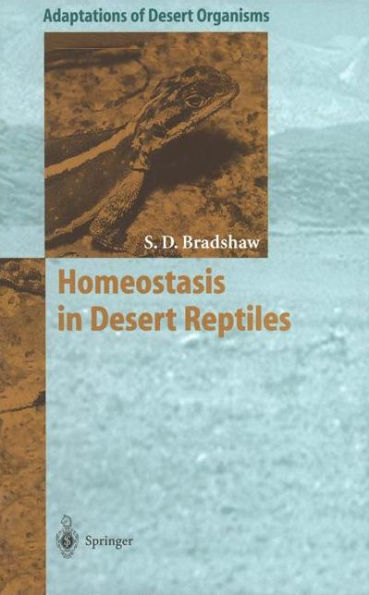Deserts, whether hot or cold, are considered to be one of the most difficult environments for living systems, lacking the essential free water which ac counts for approximately 60-70% of their body mass and more than 98% of their constituent atoms {Macfarlane 1978}. Amongst vertebrates, reptiles are usually thought of as the animals most adapted or suited to such environments because of their diurnal habit, based on a need for external heat, and their ability to survive far from obvious sources of water. This impression is rein forced when one examines the composition of vertebrate faunae characteristic of deserts and arid zones: reptiles predominate and they are often the only vertebrates to be found in hyper-arid areas, such as some parts of the Sahara {Monod 1973}. I recently had occasion to examine this assumption carefully, however, and was led inexorably to the conclusion that reptiles represent a particularly successful desert group, not because of their evolution of superior adaptations, but because of their possession of a basic suite of behavioural and physiologi cal characteristics that suit them uniquely to this very resource-limited environment {Bradshaw 1986a}. These fundamental reptilian characteristics are: 1. their low rates of metabolism, compared with birds and mammals, which result in extremely low rates of resource utilisation and lead to considerable economy in the handling of water 2.



